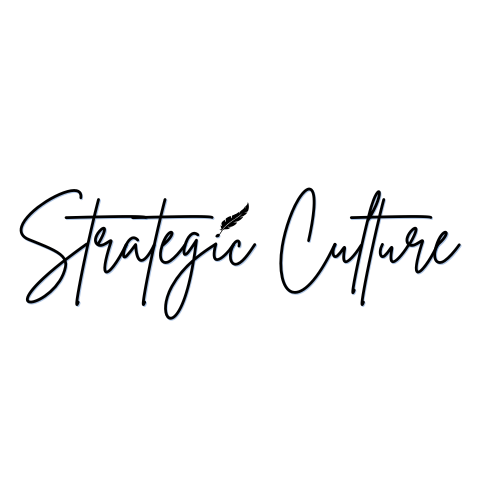Transitioning from military life into the civilian world can feel like stepping into a space with too much room—too many choices, too much unstructured time, and not enough clarity on what to do with it all. For many veterans, the structure of military life wasn’t just a schedule; it was a grounding rhythm. A framework. A sense of purpose anchored by daily rituals and collective goals.
So when that structure is suddenly gone, the question becomes: How do you build a new rhythm that honors who you are now?
The answer lies in reinventing your routine—not to recreate the past, but to shape a future that supports your growth, your healing, and your goals.
The Power of Structure (Without the Rigidity)
In uniform, structure was externally imposed. After service, you have the opportunity to design your own.
And here’s the good news:
Structure isn’t limiting.
Structure creates freedom.
A clear routine can:
- Reduce stress
- Improve focus
- Support mental and physical wellness
- Provide direction when life feels uncertain
- Allow for intentional movement toward long-term goals
The key difference now is that you get to decide the “why” behind each part of your day.
Start With What You Know
When you served, your days had anchors—PT, formation, tasks, chow, downtime.
These were predictable rhythms, whether you loved them or hated them.
To reinvent your routine, identify your own anchor points:
- Morning grounding (coffee, reflection, journaling, prayer, stretching)
- Movement (gym, walking, yoga, lifting, cycling)
- Focus time (career development, studying, job search, purpose-driven work)
- Connection time (family, friends, community, volunteering)
- Wind-down (reading, meditation, calming music)
These small, consistent habits reduce mental load and increase momentum.
Let Routine Support Your Purpose
After service, many veterans struggle with purpose. The mission changes—and sometimes disappears.
But purpose doesn’t have to be a dramatic, all-consuming cause.
Sometimes purpose looks like:
- Showing up for yourself
- Building healthier habits
- Learning something new
- Serving your community in new ways
- Growing professionally or personally
- Setting boundaries
- Being present for the people you love
Structure becomes the scaffolding that supports that purpose—not the other way around.
Create Flexibility: You’re Not in Formation Anymore
One of the biggest mindset shifts is understanding that routine doesn’t have to be rigid.
Military structure served a specific mission.
Your civilian routine should serve you.
This means:
- Days can look different
- You can rest without guilt
- You can pivot when needed
- You’re allowed to grow and adapt
- Breaks are not a failure—they’re part of the process
You don’t need a 0500 alarm unless it genuinely helps you.
You don’t need to have every minute of your day planned.
Your routine can evolve, just like you.
Rituals Over Rules
The most successful transition routines aren’t strict.
They’re meaningful.
Try replacing rules with rituals:
Instead of:
✅ “I must work out 6 days a week.”
Try:
🌱 “Movement is part of my identity.”
Instead of:
✅ “I must wake up by 6 a.m.”
Try:
🌅 “I start my day with intention.”
Instead of:
✅ “I need to be busy all day.”
Try:
✨ “I allow myself space to rest and grow.”
Rituals help you stay committed without self-punishment.
Build Your Routine Like a Mission Plan
Here’s a simple framework you can use, especially if your mind still operates well with maps, intent, and structure:
1. Objective
What do you want your days to support?
(Health, peace, stability, career, healing, clarity)
2. Strategy
How will you approach your routine?
(Small habits, consistent anchors, positive rituals)
3. Resources
What do you need to succeed?
(Time, support, tools, community, education)
4. Execution
Start small.
Stack habits.
Track wins.
Adjust as needed.
5. Assessment
Reflect weekly.
Celebrate progress.
Redirect energy where needed.
This mirrors what you already know—planning, execution, review—but in a gentle, self-guided way.
Reconnect With Your Identity
When structure falls away, identity often feels blurry.
A thoughtful routine helps rebuild who you are outside the uniform.
You might rediscover:
- Your creativity
- Your voice
- Your culture
- Your passions
- Your curiosity
- Your leadership style
- Your resilience
- Your strength
The goal isn’t to become who you were before service—it’s to integrate who you’ve become since.
Freedom in Structure
Structure after service isn’t meant to confine you. It’s meant to free you.
To give you clarity.
To help you feel grounded.
To make space for joy, growth, and purpose.
Your new routine is not a replacement for military life—it’s a bridge to the life you’re building now.
Every veteran deserves that freedom.
And you get to choose what it looks like.
Ready to Rebuild Your Routine?
If you found this helpful, explore these related posts:
- Thinking Like a Strategist: How to Anticipate, Adapt, and Act with Clarity
- Decision-Making Under Pressure: Military Lessons for Civilian Success
- Building Community & Purpose After Service
Until next time, take care and keep shining! 👋🏽✌🏽🐝✨

This blog has been made for educational purposes. I used ChatGPT by OpenAI to assist with the development.

Leave a Reply